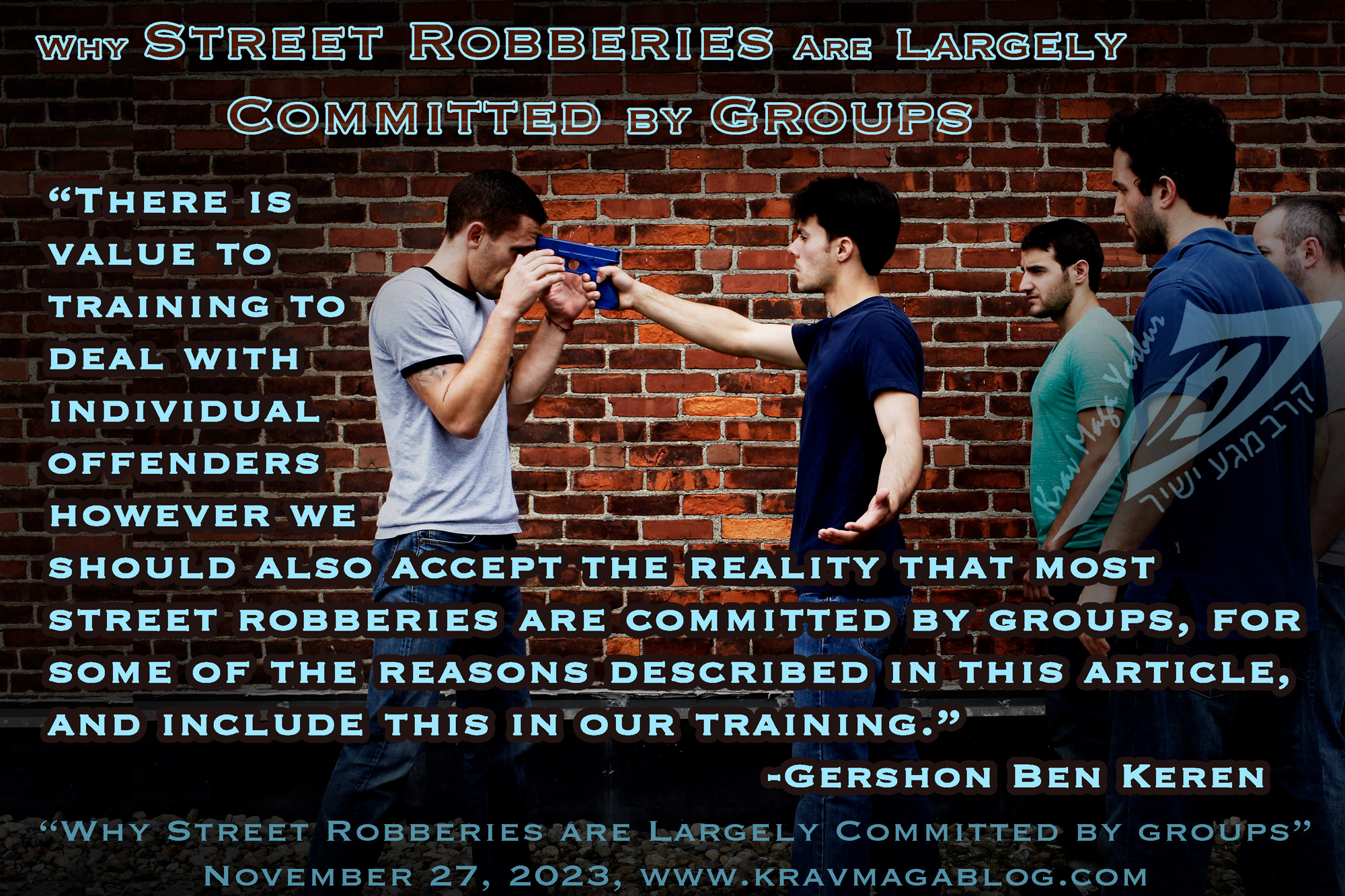Pain Management Systems, is an article written by Gershon Ben Keren, a 5th Degree Black Belt in Krav Maga, who teaches Krav Maga in Boston, MA. He has also authored three Amazon best-Selling Books on Krav Maga.
People have pain management systems; they get switched on, when somebody is preparing to fight. If you’ve ever stepped into a ring to compete, or put on a pair of gloves to spar, you will have begun to make some mental shifts, preparing for the potential pain you may experience. The same thing happens in real-life confrontations, and it is important to know how to bypass an aggressor’s pain management system and shut it down, especially if you are dealing with a highly-adrenalized assailant, who will be naturally pain resistant, due to their heightened emotional state.
Social violence is largely ritualistic, and aggressors use these “rituals” to get themselves worked up to the point where they are both ready to make a physical assault, and physically prepared to deal with any pain they may have to experience. Most people have witnessed these rituals, where aggressors shout at each other, make threats, back away inviting their opponent to attack, take their tops off, etc. These are tools that are used to intimidate the person they are dealing with, and at the same time get themselves emotionally prepared and ready for the fight. This is perhaps the best time to deal with an aggressor’s pain management system; before it is fully switched on. Interrupting the ritual, and not letting them get to a state where they are ready and prepared to fight, puts you way ahead on the curve, and forces them to play a game of catch up. Unfortunately, in most violent altercations, we allow these situations to play out, hoping that our aggressor will calm down, or decide to walk away e.g. we let them make their threats, shout at us, run through their rituals, etc., without making a physical response; or worse, we get caught up in the argument and return their abuse, allowing them to feed off our emotional state, whilst losing the opportunity to shut them down. Pre-emptively striking an aggressor, who is not yet ready to make their attack – and if they haven’t made it yet, they’re not ready – is the best way to prevent them from having the chance to turn their pain management systems on.
Not all pain is the same, and some types can be managed better than others. I remember sparring on a beach. It was bare knuckle (no shots to the head) and both myself and my partner were going great guns at each other. I then stood on a broken bit of shell, and the pain was crazy – it dug right into my heel, and I couldn’t escape it. I had switched my pain management system on to deal with a certain type of pain – hard blows to the body and limbs – but when a different type of pain was introduced, all of my focus shifted to that. Certain types of unexpected pain can bypass our pain management systems and unsettle us. This is why it is good to change our methods of striking, to cause different types of pain to our assailant e.g. mixing up eye strikes, and throat strikes, with punches and hammer-fists, etc. If we just deliver concussive blows then an attacker can get used to managing these, and in a very short time, they may cease to be effective. By ramming a thumb in the eye during such a striking sequence, focus will shift to managing this new pain, resetting their system, and allowing our concussive blows to once again have an effect.
In most fights, assailants are head hunters; both parties are looking to deliver the “elusive” knock-out blow – something that is extremely hard to do in a real-life confrontation, unless you set it up preemptively. However, there are times when it is useful to mix these up with body shots. Body shots can be just as painful as head-shots, and also have the added benefit of being able to tire out an aggressor e.g. repeated shots to the stomach and solar plexus, will interrupt an assailant’s breathing pattern, making it difficult for them to concentrate on anything other than getting breath, and regulating their breathing pattern. Most people will hold their breath when they physically engage with someone, and so be out of breath from the get-go. By using body shots in the initial phases of a fight, you can make sure that they never recover from this oxygen debt, and are always in a process of catching up with their breathing. In this exhausted state, an assailant will be unlikely to keep their pain management systems switched on. Switching between head and body shots, will also cause your attacker to have to manage different types of pain.
Changing targets will also interrupt a person’s pain management systems, by giving them the sensation that their whole body is being assaulted. If an attack is made to the head, then the legs, then the neck, then the body, etc., in quick succession, the assailant will be overwhelmed. The type of pain delivered to these targets, can even be the same e.g. blunt trauma strikes such as roundhouse kicks to the legs, forearm strikes to the neck etc. If the targets are struck with different types of pain, however, then the effect of working on multiple targets will be multiplied.
Obviously there are times when an attacker’s pain management systems can’t be overcome; you may meet the battle-hardened, adrenalized person who is too stupid, or doesn’t care about registering pain, however these individuals are fewer than we think. Drugs and alcohol can also enhance an assailant’s ability to manage pain. In these situations, you will need to mechanically shut down your assailant, either by destroying their limbs so they can no longer function e.g. breaking a leg or arm, etc., or by choking them out. One of the problems with applying joint locks as a means of destroying the limbs, is that it is often more common to cause a temporary dislocation, rather than a break e.g. you pop the elbow dislocating it, but it then returns back into place, etc. A pain resistant attacker may be able to fight through this pain, and continue to use their arm. This is why I prefer chokes as a means to dealing with highly adrenalized, pain resistant attackers, as once secured, there really is only one result. As a general starting point, causing pain fast, and in a way that bypasses an attacker’s pain management systems is the way to go.
0 COMMENTS














